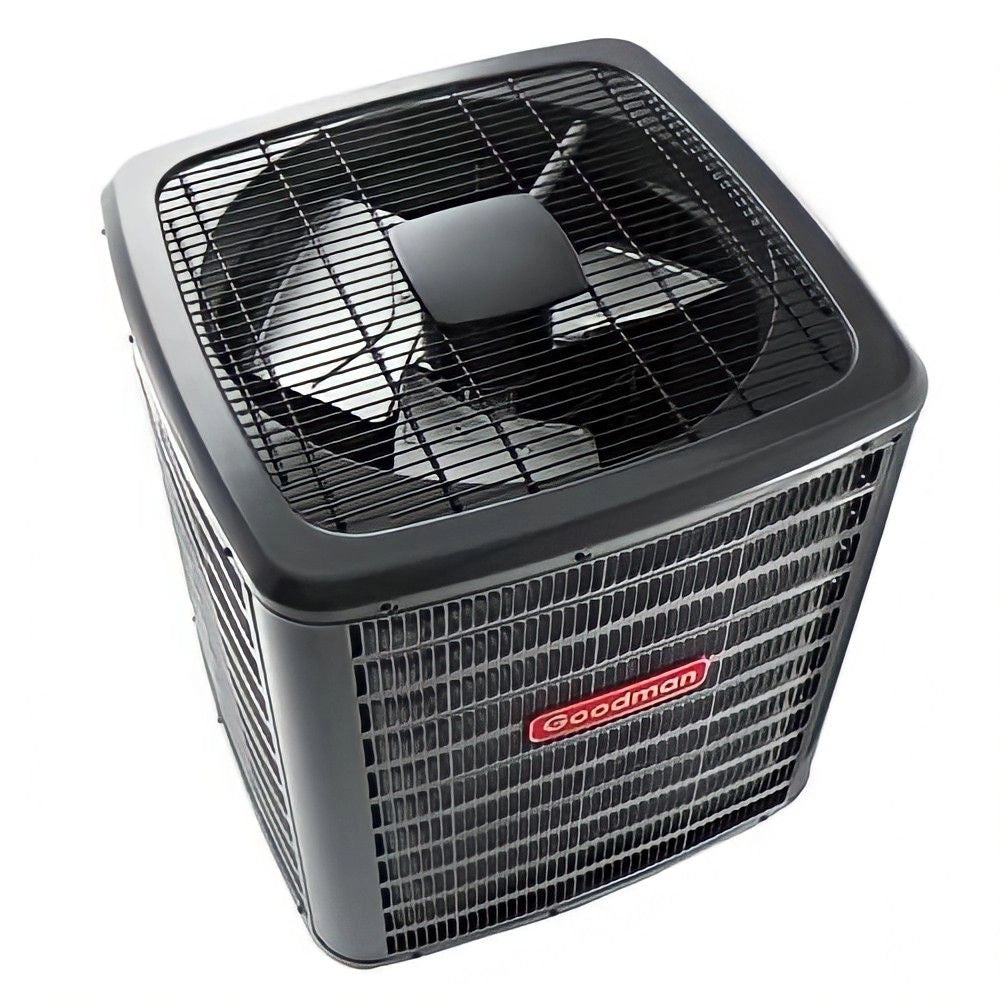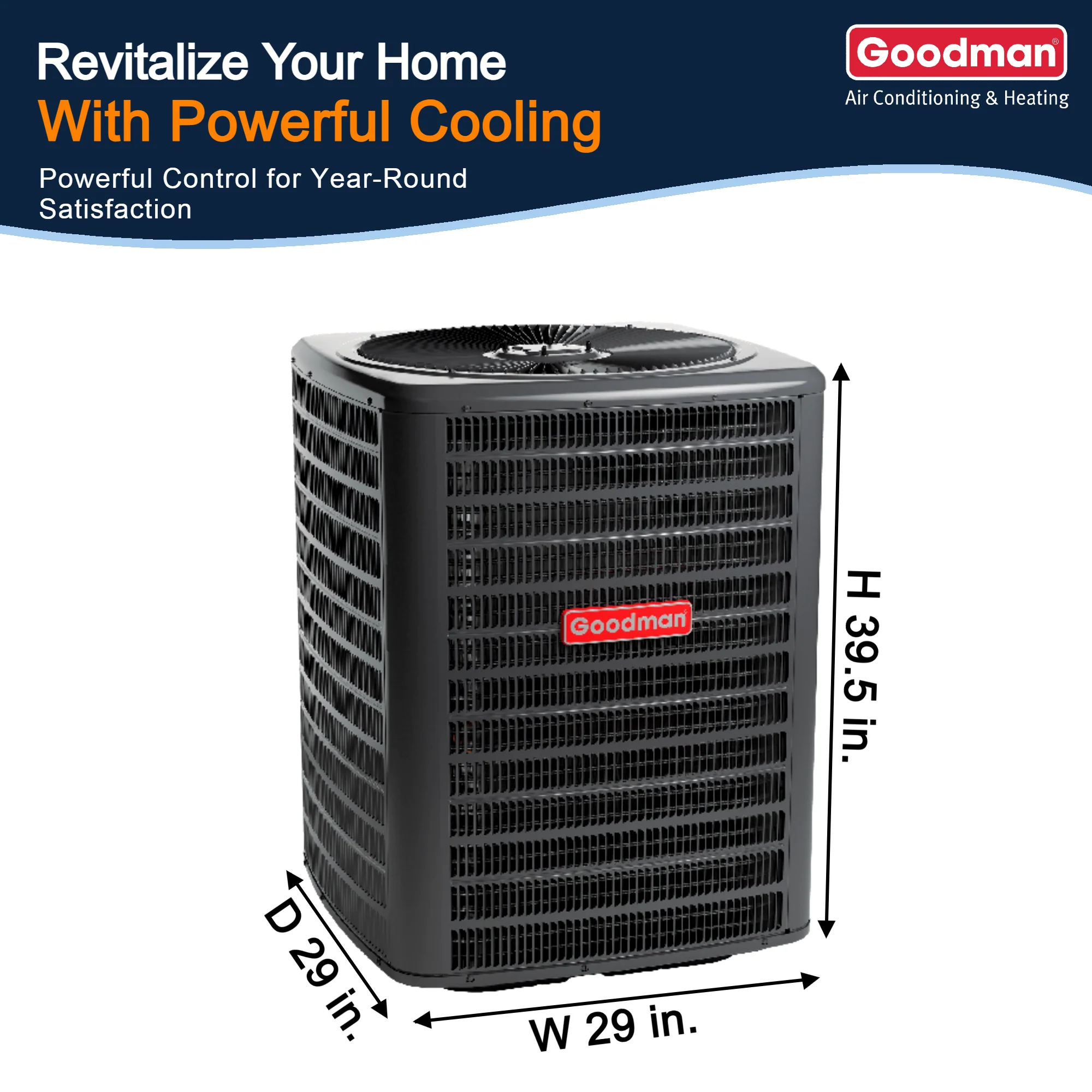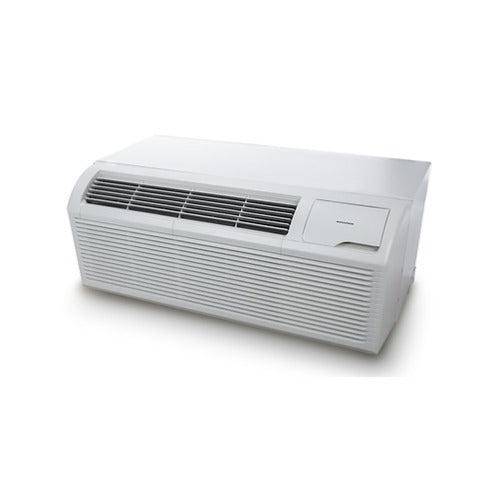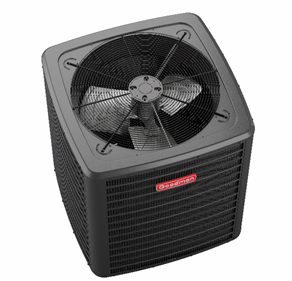When selecting a commercial HVAC (Heating, Ventilation, and Air Conditioning) system, energy efficiency is one of the most important considerations. With energy costs rising and environmental regulations tightening, businesses need to choose systems that provide optimal cooling while minimizing energy use. One of the key metrics used to measure the efficiency of air conditioners and heat pumps is the SEER2 rating. Check on our Overview of the Daikin 5 Ton 208/230-3-60V 16.2 SEERS Light Commercial Packaged Air Conditioner - DRC0603D000001S
What is SEER2?
SEER2 stands for Seasonal Energy Efficiency Ratio 2. It’s the updated version of the original SEER metric that was used for many years to compare the efficiency of air conditioning systems. Both SEER and SEER2 measure how efficiently a cooling system operates over an entire season, but SEER2 uses more rigorous testing methods that better reflect real-world operating conditions.
In simple terms, the SEER2 rating tells you how much cooling (measured in BTUs) a system delivers for each watt-hour of electricity it uses. The higher the SEER2 rating, the more efficient the unit is.
For example, if a 5-ton commercial rooftop air conditioner has a SEER2 rating of 16.2, it means the unit is designed to deliver 60,000 BTUs of cooling per hour using significantly less electricity than a system with a lower SEER2 rating.
Key Terms for Beginners:
-
BTU (British Thermal Unit): A unit of heat. In air conditioning, it refers to the amount of heat an AC unit can remove from the air per hour. 1 ton of cooling = 12,000 BTUs/hour.
-
R-32 Refrigerant: A newer, more environmentally friendly refrigerant used in many high-efficiency HVAC systems. It has a lower Global Warming Potential (GWP) than older refrigerants like R-410A.
-
Energy Efficiency: The goal of using less energy to perform the same task—in this case, cooling commercial spaces.
Why SEER2 Matters for Commercial HVAC
-
Realistic Testing Conditions
SEER2 accounts for changes in testing procedures mandated by the U.S. Department of Energy (DOE). Unlike the original SEER rating, which was based on ideal lab conditions, SEER2 uses higher external static pressure to simulate ductwork and other system resistance commonly found in actual installations.
This means the SEER2 rating gives a more accurate picture of how an air conditioner will perform in a real commercial building.
-
Helps with Equipment Comparison
When shopping for new HVAC systems, SEER2 ratings allow business owners, facility managers, and contractors to compare units. A higher SEER2 rating indicates better energy efficiency, which can translate into lower utility bills and a smaller environmental footprint.
-
Regulatory Compliance
As of January 1, 2023, the U.S. DOE requires all newly manufactured central air conditioners and heat pumps to meet SEER2 standards. Businesses must now ensure that any new system they purchase meets or exceeds these updated requirements.
Related EPA guidance: https://www.epa.gov/rhc (Refrigerants and Heating & Cooling)
-
Environmental Impact
High-efficiency systems using refrigerants like R-32 not only reduce greenhouse gas emissions but also help comply with EPA and international environmental standards. Choosing a SEER2-compliant system with R-32 refrigerant is a proactive way to support sustainability efforts.
See more from the EPA: https://www.epa.gov/greenhomes/space-heating-and-cooling
How SEER2 Affects Operating Costs
A higher SEER2 rating means a system uses less electricity to cool the same amount of space. Let’s say you’re comparing two 5-ton air conditioners: one with a SEER2 of 13.4 (minimum standard) and another with a SEER2 of 16.2. The more efficient unit could reduce energy usage by 20–25%, depending on usage and location.
These savings add up over time—especially in commercial buildings that require round-the-clock cooling.
Role of R-32 Refrigerant
R-32 refrigerant has become a popular choice in modern air conditioners because of its high efficiency and lower environmental impact. It has a Global Warming Potential (GWP) of 675, which is significantly lower than R-410A (GWP of 2,088). It also requires less refrigerant volume per system, which contributes to better energy performance.
According to Daikin, one of the leading HVAC manufacturers and the pioneer in R-32 technology, systems using this refrigerant are typically 10% more efficient than systems using older refrigerants.
More on R-32: https://www.daikin.com/about/csr/environment/r32
SEER2 vs. EER2
You may also encounter the term EER2 (Energy Efficiency Ratio 2). While SEER2 measures seasonal efficiency, EER2 evaluates efficiency at a specific operating condition (typically 95°F outdoor temperature). Both ratings are useful: SEER2 for overall seasonal performance and EER2 for high-load performance.
ASHRAE Standards and Energy Efficiency
ASHRAE (American Society of Heating, Refrigerating, and Air-Conditioning Engineers) sets national standards for HVAC system design and performance. SEER2 values align with ASHRAE’s goals to improve building energy efficiency and reduce environmental impact.
ASHRAE Standard 90.1 outlines the minimum energy efficiency requirements for commercial HVAC systems and is often referenced in building codes.
For more: https://www.ashrae.org/technical-resources/bookstore/standard-90-1
Installation and Maintenance Considerations
Even a high-SEER2 system will not perform efficiently if it is poorly installed or maintained. Factors such as ductwork design, refrigerant charge level, and air filter cleanliness all influence the true operating efficiency of a commercial HVAC system.
Here’s where ASHRAE Standard 180 becomes important—it outlines recommended practices for ongoing maintenance to ensure systems continue to operate at their rated efficiency.
Conclusion
Understanding SEER2 ratings is critical when evaluating commercial HVAC systems. A higher SEER2 rating means better energy efficiency, lower operating costs, and reduced environmental impact—especially when paired with eco-friendly refrigerants like R-32. These benefits make SEER2 an essential metric for building owners and facility managers who want to meet energy codes, reduce utility bills, and support sustainability.
By choosing a system that complies with current DOE, ASHRAE, and EPA standards, you’re investing in the long-term efficiency and performance of your building.
Trusted References:
-
U.S. EPA Heating and Cooling Guide: https://www.epa.gov/rhc
-
ASHRAE 90.1 Energy Standard: https://www.ashrae.org/technical-resources/bookstore/standard-90-1
-
Daikin on R-32: https://www.daikin.com/
-
Energy.gov HVAC Efficiency Overview: https://www.energy.gov/energysaver/central-air-conditioning
-
Carrier SEER2 Education: https://www.carrier.com/residential/en/us/products/air-conditioners/seer2-ratings/
Let me know if you’d like this formatted into a downloadable or editable document!







